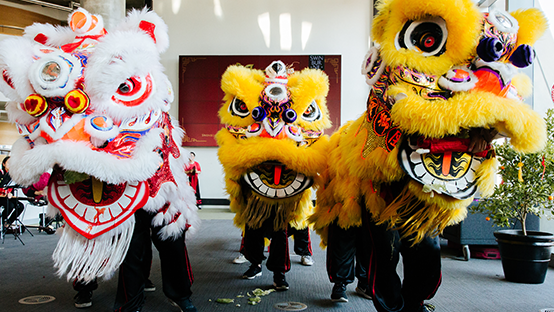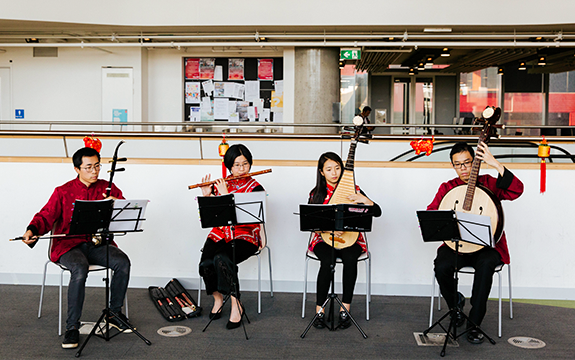Celebrating Lunar New Year around the world

In Summary
- More than 1.5 billion across the globe will celebrate Lunar New Year
- The Lunar New Year festival marks the beginning of the lunar calendar and coincides with the new moon that appears between 21 January to 20 February
This January, communities across the globe will celebrate Lunar New Year. So what is it and how is it important to the more than 1.5 billion people that observe it?
The Lunar New Year festival marks the beginning of the lunar calendar and coincides with the new moon that appears sometime between 21 January to 20 February. This means the actual date changes each year, explains Swinburne’s Manager of Multicultural Engagement and Government Relations, Kenneth Chong.
“The festival lasts for 15 days in total and it is a time where people honour their ancestors, deities and household,” says Mr Chong.
A time for family connection, many travel vast distances for what is known as the Chunyun period, or ‘Spring Festival’ travel season.
“In China, approximately three billion trips are made between the Lunar New Year period - on planes, trains and automobiles, or any form of transport! It is known as the largest annual migration in the world, says Mr Chong.
Celebrate good times
While originating in China, Lunar New Year is celebrated in Korea, Vietnam, Malaysia, Singapore, Thailand, Philippines and Indonesia – places where there has been a strong Chinese influence.
“It is also celebrated worldwide in North America, Europe and of course Australia,” says Mr Chong.
“While many communities have their own traditions, it is traditional for Chinese families to thoroughly cleanse the house in order to sweep away any ill-fortune and to make way for good incoming luck,” he says.
“Another tradition is the red envelopes with money usually given by adults, especially married couples and older people, to young children in the new year days.
“It was believed that the money in the red packet would keep the children healthy and give them a long life. In keeping with the times, electronic red packets are now used by people on the Chinese chat program platform WeChat, with money electronically transferred to those that they can’t meet up with during that period. How convenient!”

The festival lasts for 15 days and it is a time where people honour ancestors, deities and household.
Year of the Rat
Each Lunar New Year has a zodiac animal, according to Chinese mythology. Last year was the Year of the Boar and this is the Year of the Rat.
“Stories say the Jade Emperor called on all animals to a race to determine the 12 zodiacs. Of the 12 animals that competed, the rat came in first by asking the diligent ox to take him on a ride to across the river, jumping off before the ox crossed the finish line,” says Mr Chong.
He explains that those born in the year of the rat are liked by all and sensitive to other’s emotions, but are stubborn with their opinion.
“Their personality is kind, while being diligent workers and thrifty, so people born in a rat year are thought to be wealthy and prosperous.”
The Swinburne community
Some members of the Swinburne community will be celebrating Lunar New Year at a closed event hosted by the Vice-Chancellor, Professor Linda Kristjanson AO.
“As always, we encourage our members of staff to hold their own informal celebrations with food, traditional activities and story-telling with their colleagues,” says Mr Chong.

